T. R. Reid
- 1982
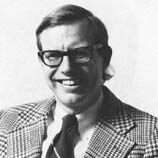
Fellowship Title:
- Chips: The U.S. Semiconductor Industry
Fellowship Year:
- 1982
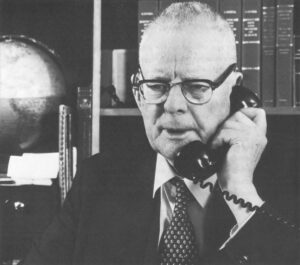
Meet Dr. Deming, Corporate America’s Newest Guruc
FALMOUTH, MASS.–At long, long last, W. Edwards Deming is a prophet in his own country. Forty years after he first tried, unsuccessfully, to persuade corporate America to pay attention to the principles of statistical quality control, the 82-year-old retired federal government statistician has suddenly come into enormous demand. Around the country, and for that matter around the world, Dr. Deming has emerged as the guru of a “Third Wave” of industrialization based on the realization that careful, informed control of the materials and processes of manufacturing is an essential element for any business that wants to survive in the global competition for today’s markets. Dr. W. Edwards Deming Dr. Deming, consequently, has finally found an audience among his own countrymen. His four-day seminar here on Cape Cod this spring drew about 250 executives and engineers from places like Bell Labs, Western Electric, Prime Computer, and Digital Equipment who paid $795 each to hear the master explain the chief points of his basic text, Quality, Productivity, and Competitive Position. It was the sixth Deming seminar this
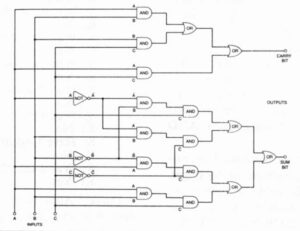
Computer Think
DENVER – How fast can you solve this math problem: (1 + 2) x SqRt(345.6) ÷ 78.9? That question was the point at issue recently in a “Great Math Race” at the Space Sciences Laboratory of the University of Denver. The participants in the Math Race–it was actually a controlled experiment to compare different computational techniques – were asked to race through that problem (and several others like it). One contestant got the answer, accurate to seven decimal points, in less than 30 seconds. Who Won The Greate Math Race? (Margaret M. McMahon Photo) There were three contenders in the Math Race, each having a different level of mathematical expertise. One was Dr. Elizabeth Tuttle, a professor in the university’s Physics and Engineering department, who regularly employs such exotic math techniques as differential equations and regression analysis in her teaching. The second was Jeff Singh, a senior mathematics major who has done advanced work in computer modeling and Numerical Methods, a specialized discipline that seeks the fastest ways to solve complex problems. The third contestant
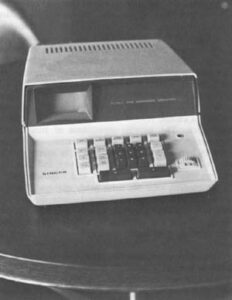
Plain Vanilla to Talking Machines
One fine day in 1970, an architect named Paul Hemphill counted out $200 as a down payment, signed a finance contract covering the remainder of the $1,500 purchase price, and walked out of his dealer’s showroom as the proud owner of a sleek new automatic that had won his heart because of its speed, ease of handling, and advanced design. How much would he pay for an equivalent model today? If it had been a car that Hemphill bought a dozen years ago, he could expect to pay at least $6,000 for a roughly similar model now. If his 1970 purchase had been, say, a typewriter, a major appliance, or almost any other such product, he would probably pay about 2 1/2 times as much in 1982; the consumer price index for durable goods has risen about 150 percent in the last 12 years. In fact, though, what Paul Hemphill bought in 1970 was a four-function (add, subtract, multiply, divide) electronic calculator. If he chose today to buy a model roughly equivalent to the $1,500
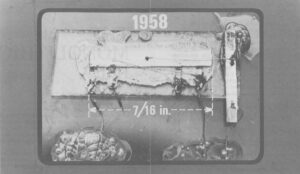
The Monolithic Idea
The idea occurred to Jack Kilby at the height of summer, when everyone else was on vacation and he had the lab to himself. It was an idea, as events would prove, of literally cosmic dimensions, an idea that would eventually be honored in the textbooks with a name of its own: The Monolithic Idea. But at the time–it was July, 1958–Kilby only hoped that his boss would let him build a model to see if the idea could work. The Monolithic Idea occurred (independently) to Bob Noyce about six months later. Noyce, a more businesslike sort than Kilby, recognized right away that the concept of integrating all the parts of an electronic circuit–resistors, transistors, capacitors, diodes–in a single (“monolithic”) block of semiconductor material was a major technological and commercial breakthrough. Jack Kilby (Photo Courtesy of Texas Instruments) Robert Noyce (Photo by Liane Enkelis) Noyce’s instinct, as usual, was correct. In the quarter-century since these two Americans got their bright idea, the monolithic integrated circuit–better known as the semiconductor chip–has changed the daily life of
